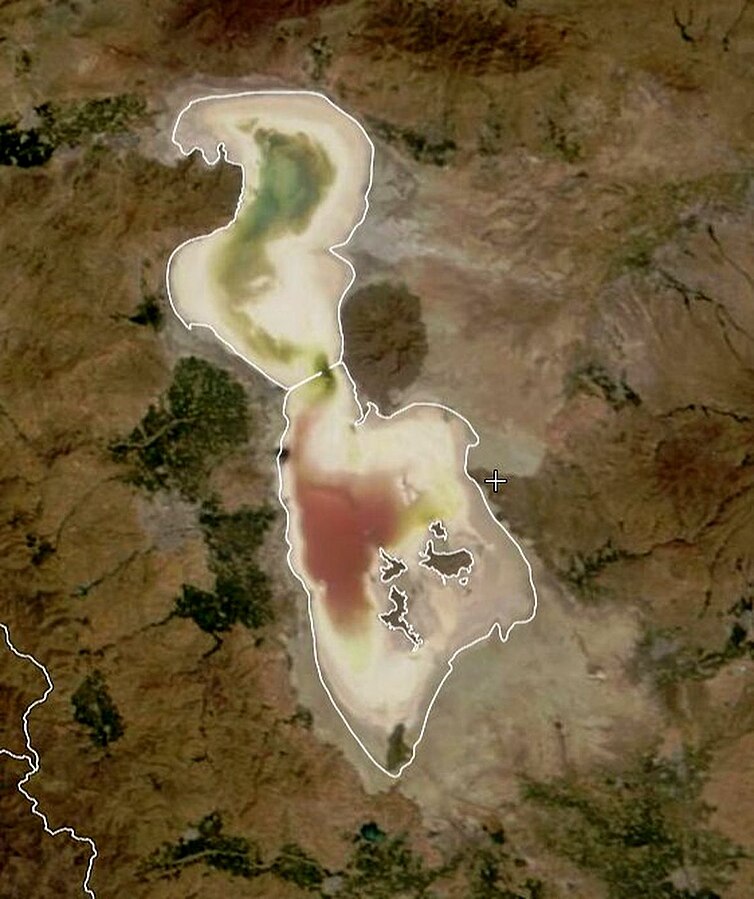Lake Urmia: Iran’s blue jewel in danger
Lake Urmia, the blue gem of Iran and the largest internal lake of our country, is located in the northwest of Iran and between the two provinces of West Azerbaijan and East Azerbaijan. In addition to its eye-catching beauty and unique biodiversity, this lake plays a vital role in the life and economy of the residents of this region as a source of water supply for agriculture, drinking and industry for the people of the region, as well as an attractive destination for tourism.
A turbulent history:
Lake Urmia is about eight million years old and has witnessed many ups and downs throughout its history.
In the past, this lake was used as a natural border between Iran and the Roman Empire, as well as a route for commercial exchanges and transportation of goods and passengers between the two countries of Iran and the Ottoman Empire.
Unfortunately, in recent years, due to drought and excessive extraction of water from the region’s water resources, Urmia Lake has faced severe dryness and its area has decreased significantly.
Consequences of drying up Lake Urmia:
The drying up of Lake Urmia has had devastating consequences for the region’s environment. Among these consequences, the following can be mentioned:
Increase in dust and air pollution
Destruction of the habitat of migratory birds and animals of the region
Dry wetlands and wet areas around the lake
Soil salinization and reduction of agricultural products
Unemployment and economic problems for the people of the region
Efforts to revive Lake Urmia:
Fortunately, in recent years, efforts have been started to revive Lake Urmia. Among these efforts, the following can be mentioned:
Reduction of water withdrawal from water sources in the region
Dredging of rivers and canals leading to the lake
Implementation of watershed and reservoir projects
Increasing public awareness about the importance of protecting Lake Urmia


